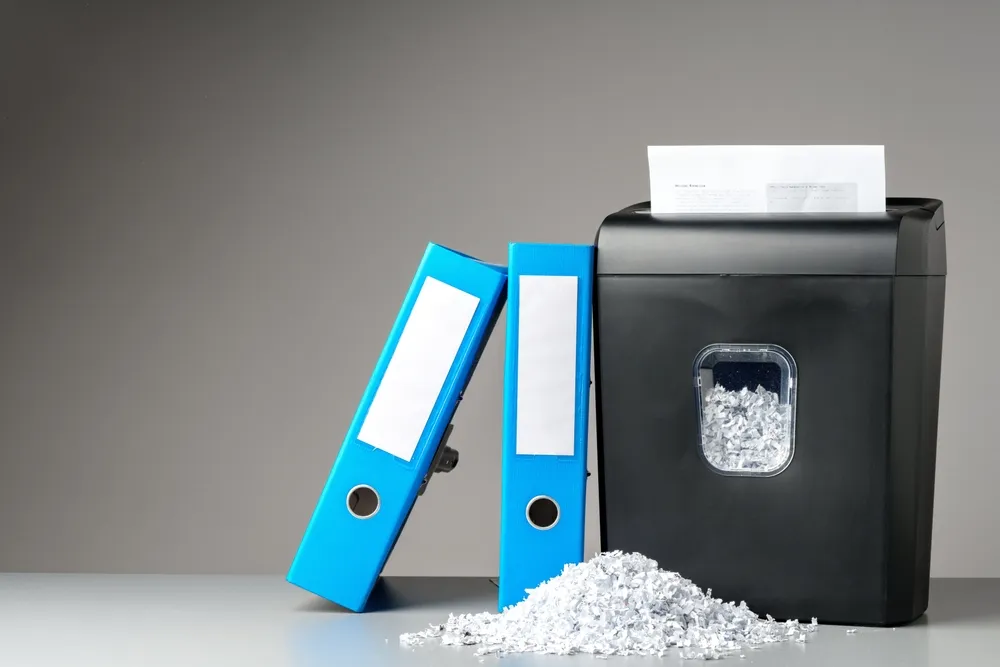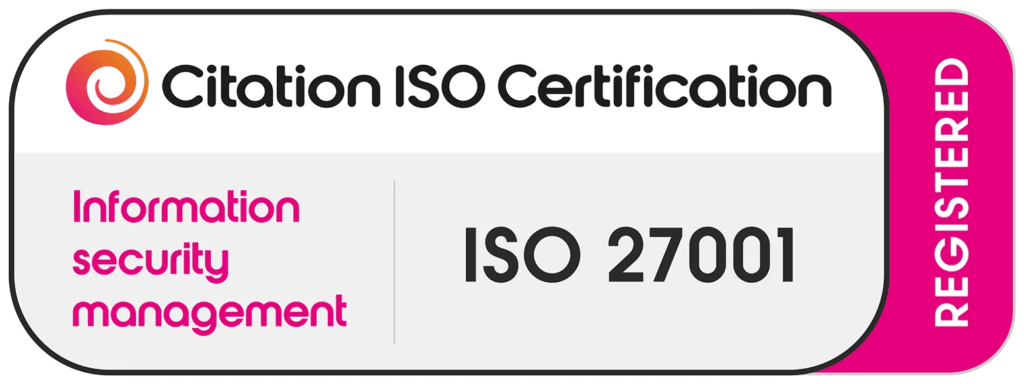Introduction to Document Shredding Compliance
Importance of Shredding Confidential Documents
Confidential Documents Shredding Compliance businesses and individuals handle massive volumes of sensitive information. Whether it’s employee records, customer data, or financial documents, failing to dispose of them properly can lead to serious consequences. Confidential document shredding ensures that this sensitive information doesn’t fall into the wrong hands.
Overview of Compliance Requirements
Compliance regulations like GDPR, HIPAA, and others mandate strict measures for secure document destruction. Organisations must ensure their paper and digital records are disposed of securely, with verifiable methods and processes in place. Falling short of these standards may result in hefty fines, reputational damage, or even lawsuits.
Understanding Legal Obligations
GDPR and Its Implications
The General Data Protection Regulation (GDPR) affects all businesses handling EU residents’ data. GDPR-compliant shredding is not optional; it’s a legal requirement. The regulation demands that personal data be rendered unreadable and irrecoverable once it is no longer needed.
Data Protection Act Overview
In the UK, the Data Protection Act 2018 mirrors GDPR’s standards, enforcing strict controls over how businesses manage and dispose of confidential data.
Industry-Specific Regulations
Healthcare providers must follow HIPAA. Financial institutions face scrutiny under GLBA and SOX. Each industry carries unique data protection shredding requirements, but the common theme is the secure, irreversible destruction of sensitive information.
Identifying Confidential Documents
Types of Documents Requiring Shredding
Not all documents are created equal. Documents that contain the following should be shredded:
- Personally identifiable information (PII)
- Financial records
- Legal contracts
- HR documents
- Client and vendor data
Assessing Document Sensitivity
Use a sensitivity scale to determine what should be destroyed. High-risk documents must undergo secure document destruction to avoid breaches. Remember: if in doubt, shred it!
Methods of Secure Document Destruction
On-Site vs. Off-Site Shredding
On-site shredding services bring shredding equipment directly to your office, allowing you to witness the process. Off-site services collect and destroy documents at a secure facility.
| Method | Pros | Cons |
| On-Site | Immediate destruction, high transparency | May be costlier |
| Off-Site | Cost-effective for bulk shredding | Requires trust in provider |
Cross-Cut vs. Micro-Cut Shredders
- Cross-cut shredders offer decent security for everyday use.
- Micro-cut shredders provide higher security by turning paper into confetti-like pieces.
Choose based on the sensitivity of your documents and compliance needs.
You can also read: Top-Rated Computer Waste IT Recycling in Leicester
Implementing a Shred-All Policy
Benefits of a Shred-All Approach
A shred-it-all policy simplifies compliance. Instead of deciding which documents to shred, staff shred everything, minimizing the risk of overlooking sensitive materials.
Steps to Establish the Policy
- Communicate policy changes to all departments.
- Provide shredding bins in accessible locations.
- Partner with a reliable shredding provider.
- Monitor compliance through internal audits.
Partnering with Professional Shredding Services
Selecting a Certified Provider
Work only with vendors that are NAID AAA Certified or similarly accredited. Certified providers ensure that legal document disposal follows regulatory guidelines.
Understanding Service Agreements
Before signing, make sure the agreement includes:
- Proof of shredding (e.g., certificate of destruction)
- Security procedures
- Pick-up frequency
- Emergency response in case of data breach
Maintaining Compliance Records
Importance of Certificates of Destruction
Every shredding event should be documented. A certificate of destruction acts as legal proof that sensitive documents were securely disposed of. Keep these on file for audits.
Documenting Shredding Activities
Maintain logs that include:
- Date and time of shredding
- Volume and type of material shredded
- Personnel or provider involved
Employee Training and Awareness
Educating Staff on Compliance
Training is key to enforcing document shredding compliance. Regular sessions should cover:
- Identifying sensitive information
- Proper shredding procedures
- What not to do (e.g., tossing confidential files into recycling bins)
Establishing Protocols for Document Handling
Implement standard operating procedures (SOPs) for:
- File storage
- Access control
- Shredding deadlines
Environmental Considerations
Recycling Shredded Materials
Shredding doesn’t mean waste. Partner with providers who recycle shredded paper responsibly. Many shredding companies offer green disposal methods.
Sustainable Shredding Practices
- Use energy-efficient shredders
- Shred in bulk to reduce energy usage
- Incorporate paper shredding best practices into your sustainability goals
Technological Solutions for Shredding Compliance
Digital Tools for Tracking
Use software tools to log shredding events, track bin usage, and generate reports. These tools simplify audits and ensure full transparency.
Integration with Document Management Systems
Link shredding activity with your digital document systems to ensure seamless lifecycle management from creation to secure document destruction.
Common Mistakes and How to Avoid Them
Overlooking Certain Documents
Commonly missed items include:
- Meeting notes
- Sticky notes with passwords
- Printouts of draft emails
Inadequate Shredding Methods
Low-security shredders or trash bins can undo all compliance efforts. Invest in high-security, professional-grade solutions.
Auditing and Continuous Improvement
Regular Compliance Audits
Schedule internal and third-party audits. Use the findings to:
- Identify gaps
- Validate existing processes
- Ensure staff adherence
Updating Policies and Procedures
Laws evolve, so should your compliance program. Review policies at least annually and update based on regulatory changes or company growth.
Case Studies
Real-World Examples of Compliance Successes
Company A implemented on-site shredding with a certified provider, reducing breach incidents by 90%. Their policy became a model across their industry.
Lessons Learned from Non-Compliance Incidents
Company B was fined €100,000 after disposing of medical records improperly. They lacked certificates of destruction and clear SOPs. A harsh reminder of the cost of negligence.
Conclusion
Recap of Key Points
From GDPR to the Data Protection Act, complying with document shredding regulations is not just smart; it’s the law. Whether through a shred-it-all policy, professional partnerships, or employee training, organisations must prioritise data privacy.
FAQs on Document Shredding Compliance
1: What is a certificate of destruction?
A legal document that proves materials were securely shredded according to compliance standards.
2: Do I need to shred expired business contracts?
Yes. Once they’re no longer legally required to be stored, they must be securely shredded.
3: How often should shredding be done?
It depends on volume, but most businesses benefit from weekly or biweekly shredding schedules.
4: Can I shred documents myself?
Yes, but professional services offer verifiable, compliant disposal ideal for legal documentation.
5: Is on-site shredding more secure than off-site?
Both are secure if certified, but on-site offers added transparency as you witness the process.
6: What should be included in employee shredding training?
Basics of document classification, shredding procedures, and real-world consequences of non-compliance.



